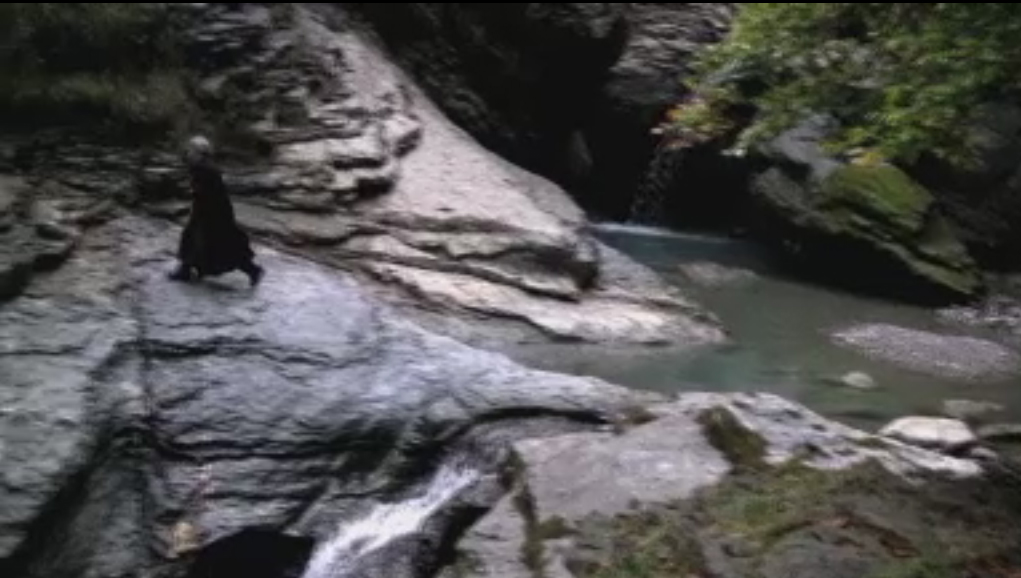- Originally published on the Bartitsu.org site on Sunday, 26th September 2010
Text from “The French Scotland Yard: About the Paris Detective and his Work” by Alder Anderson and H. de Noussanne; The London Magazine, Volume 9, 1903.
Has the reader ever heard of “the trick of Father Francis?” Or as it is in its French dress, “le coup du Pere Francois”? Whether he has or not, let him offer up a devout prayer that it may never be practically demonstrated to him on his own person. To the industrious antiquarian must be left the task of discovering exactly who “Father Francis” was; the trick to which he stands sponsor will, nonetheless, remain one of the most effectual methods known to he Paris representative of the London “hooligan”, of disabling a belated bourgeois, who looks as if he might be the temporary custodian of a heavy purse, a well-lined pocket book, a gold watch or any of the hundred and one trifles for which the soul of the hooligan of every country hungers.
Properly executed, the “trick of Father Francis” is not inartistic, and though painful to the victim, seldom proves fatal. Any person whose steps lead him Pariswards may see the interesting youth of the French metropolis who select the dry moat of the fortifications as their playground, practicing this trick and others in sheer wantonness among themselves. All that is required for the purpose is a large silk handkerchief.
A former professor of the art has been good enough to describe for the readers of the London Magazine his modus operandi. It would be a pity to attempt to improve on the naive precision of his style. Here, then, is a faithful transcription, in English, of his lesson.
“Take a strong silk muffler (scarf), which you should wear very loosely round the neck. You should have (at least) one accomplice, who follows you at a distance of about a dozen paces. Select a belated wayfarer of substantial appearance, and walk in the same direction as he is going, and, as nearly as you can, on a level with him without arousing his suspicions. Should the street be well lighted or you have reason to suspect that anyone may be observing you, be particularly careful to appear utterly indifferent, both to the man you are following and to your accomplice.
Sooner or later, you will traverse some dark, deserted thoroughfare. Here you must arrange to be a few steps in advance. You stop in an unconcerned manner, as if to light a cigarette, and your man comes up level, and finally passes you.
You then quickly drop the match, take a firm grip of each end of the muffler and swing it over your own head and over the head of your man, so that it goes under his chin. At the same instant you half turn round, bend slightly forward, and by so doing lift the bourgeois off the ground by the neck. He is half suffocated and has no time to utter the least exclamation. Your accomplice, meanwhile, has run up, and while you keep a firm hold of the muffler, at once explores all the pockets of the choking and helpless victim. If necessary, he can give the bourgeois a blow on the head to keep him quiet. The whole operation is over in a few seconds. It is rarely necessary to kill the victim, who may be just left senseless on the ground where he falls.”
In spite of all their precautions, Father Francis tricksters are occasionally caught red-handed by the guardians of the law. They then, commonly, resort to the “head trick,” which consists in charging at the policeman with lowered head. A blow thus delivered in the pit of the stomach is usually all but fatal. The police are carefully instructed how to parry this form of attack by stepping quickly aside at the last moment, felling the aggressor by a heavy blow on the nape of the neck as he passes. An alternative is for the policeman to stand on one leg and check the rush of the oncoming “ram” with the raised knee of the other leg, giving a heavy blow on the head with the fist at the same time.





















